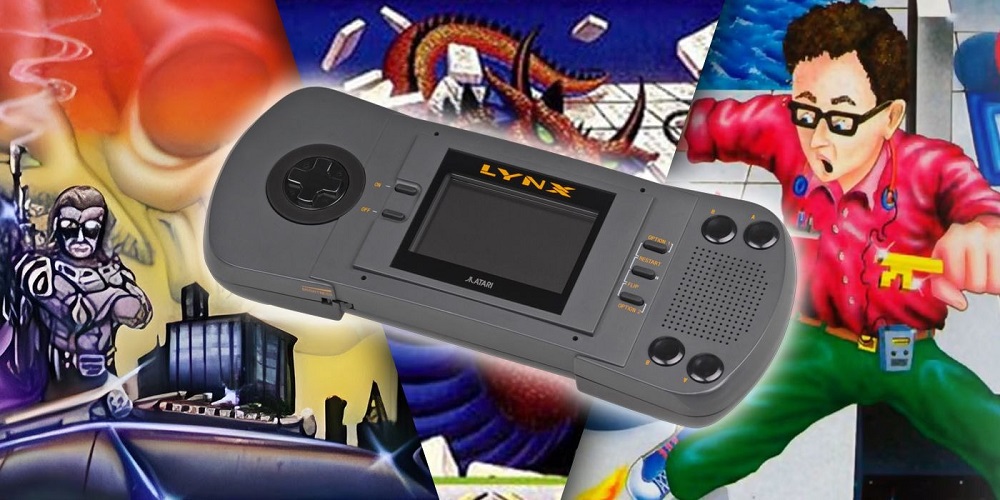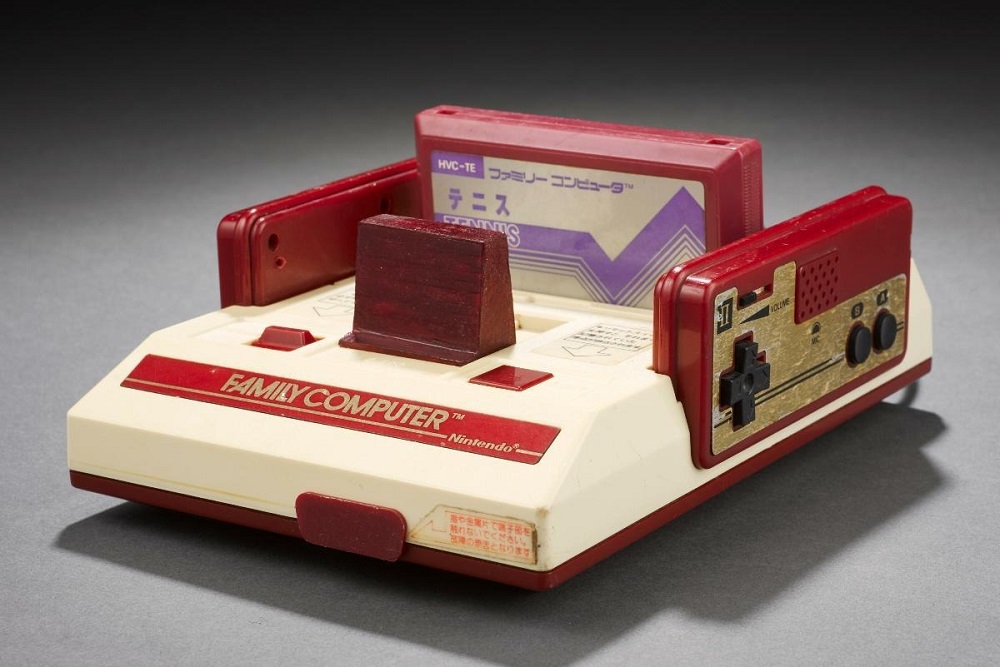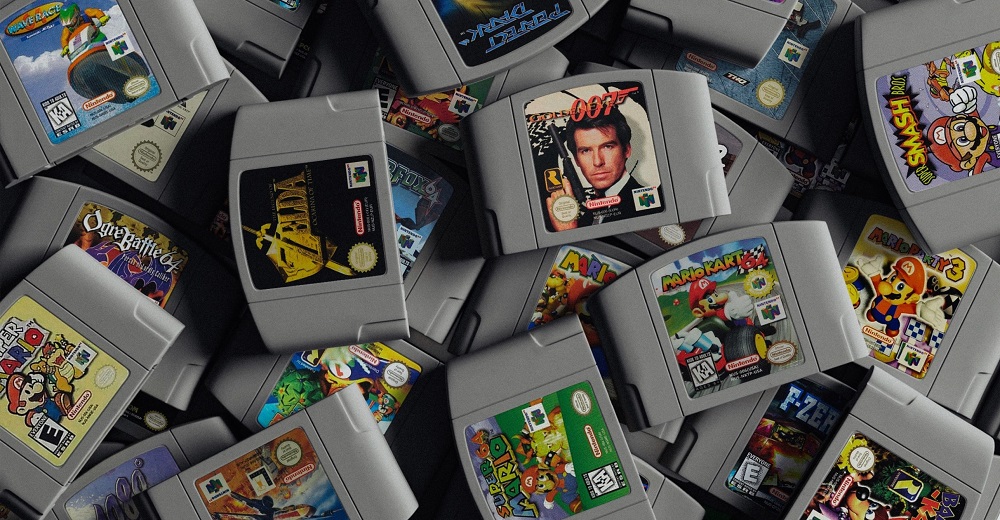When the 2000s began, the handheld console market seemed unshakably dominated by Nintendo. With the massive success of the Game Boy and Game Boy Advance lines, few expected a real challenger to appear. But in 2004, Sony disrupted the status quo with the release of the PlayStation Portable (PSP). Suddenly, the handheld landscape turned into a fierce battle between innovation and accessibility, multimedia and game libraries, style and substance.
In this article, we dive deep into the legendary handheld war between the PSP vs. Nintendo DS —how it started, what each console brought to the table, and why both systems earned their place in gaming history.
The Origins: A Tale of Two Strategies
Sony and Nintendo approached handheld gaming from vastly different philosophies.
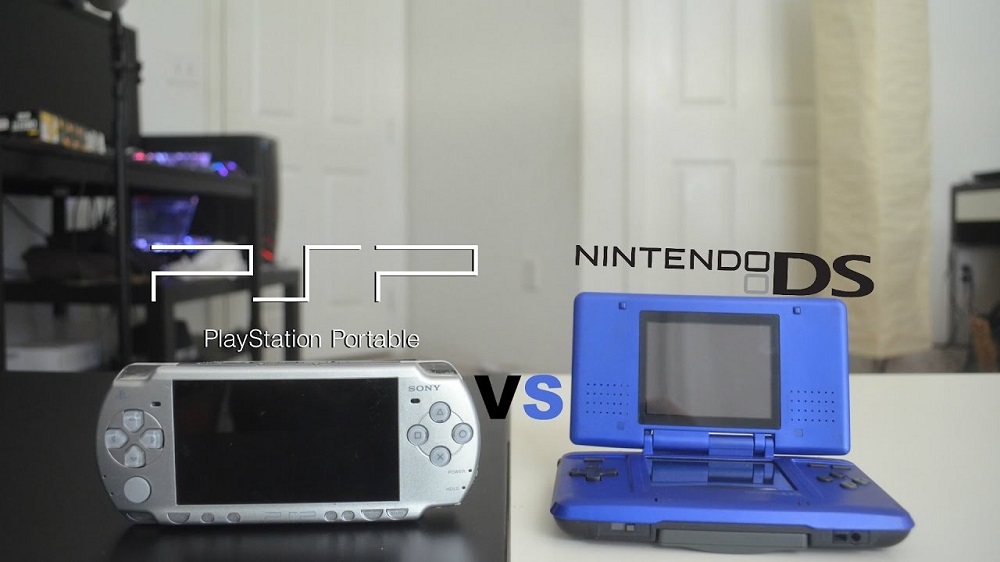
- Nintendo DS, released in November 2004, was a successor to the Game Boy Advance. It sported dual screens, including a touchscreen, and focused on creativity, accessibility, and innovative gameplay.
- Sony PSP, released in December 2004 (Japan) and March 2005 (US), was more akin to a portable media center. It had a larger widescreen display, powerful 3D graphics, and support for music, video, and UMD movies.
While Nintendo leaned into quirky gameplay and long battery life, Sony emphasized raw power and multimedia versatility.
For a look at Nintendo’s earlier handheld evolution, see Game Boy: The Console That Fit In Your Pocket
Hardware Showdown: Specs and Design
PSP:
- 333 MHz CPU
- 32 MB RAM (later models 64 MB)
- 4.3-inch 480×272 LCD widescreen
- UMD drive for games and movies
- Wi-Fi, memory stick support, web browsing
Nintendo DS:
- Dual 3-inch screens (one touchscreen)
- 67 MHz ARM9 + 33 MHz ARM7 dual processors
- Microphone, Wi-Fi, GBA cartridge compatibility
- Clamshell design
The PSP felt like a sleek portable PlayStation, with its modern, futuristic aesthetics. The DS, on the other hand, prioritized functionality and Nintendo’s signature toy-like charm.
While PSP outclassed DS in raw performance, the DS’s unique control setup opened new possibilities in game design.
Game Libraries: Innovation vs. Immersion
Nintendo DS:
The DS leaned into innovation, and the strategy paid off. Standout titles included:
- The Legend of Zelda: Phantom Hourglass
- Brain Age and Nintendogs (touch-friendly casual hits)
- Mario Kart DS
- Pokémon Diamond & Pearl
- New Super Mario Bros.
The DS appealed to all ages, especially non-gamers, and built a vast catalog of creative and replayable games.
Sony PSP:
Sony’s strength lay in console-style experiences:
- God of War: Chains of Olympus
- Crisis Core: Final Fantasy VII
- Metal Gear Solid: Peace Walker
- Monster Hunter Freedom Unite
- Gran Turismo PSP
The PSP library appealed to hardcore gamers, offering deep, cinematic, and graphically rich titles.
Sales and Market Impact
Despite its technical superiority, the PSP could not catch up with the DS in sales:
- Nintendo DS: Over 154 million units sold, making it the second best-selling console of all time.
- PSP: Approximately 80 million units sold, a huge success but still nearly half of the DS’s numbers.
Why the disparity?
- DS had wider demographic appeal, especially among children, parents, and casual users.
- Nintendo’s first-party IPs like Pokémon and Mario drove hardware sales.
- PSP was more expensive and had shorter battery life.
- Piracy and lack of strong Western third-party support hurt PSP’s momentum in some regions.
For context on console rivalries, see Sega Genesis vs. SNES: The 16-Bit Console War Begins
Multimedia and Connectivity
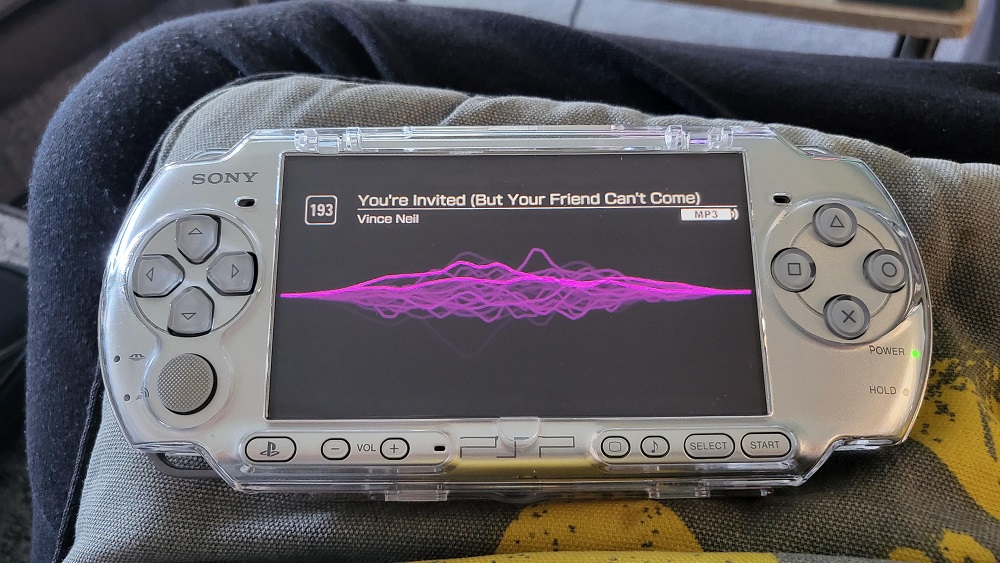
Sony banked on the PSP being a multimedia hub. It could:
- Play MP3 music
- Watch UMD movies
- View photos
- Browse the internet
Nintendo’s DS was gaming-first. While it had PictoChat, local multiplayer, and later DSi cameras, it didn’t try to be a media device.
In this way, PSP was ahead of its time. It paved the way for how consoles—and later smartphones—would handle multimedia.
Design Revisions and Longevity
Both consoles saw multiple iterations:
- PSP 1000 → 2000 → 3000 → PSP Go → PSP Street
- DS → DS Lite → DSi → DSi XL
Nintendo refined its designs to be lighter, brighter, and sleeker, while Sony attempted to go digital-only with the PSP Go—a bold but flawed move.
While the DS line evolved into the 3DS, the PSP was succeeded by the PlayStation Vita in 2011.
Legacy and Cultural Impact
Nintendo DS:
- Introduced gaming to new demographics
- Popularized touchscreen controls in gaming
- Cemented Nintendo’s dominance in handheld space
Sony PSP:
- Validated handhelds as media devices
- Delivered console-like experiences in your pocket
- Cult following thanks to JRPGs, action games, and modding scene
Even today, both consoles enjoy enthusiastic retro fanbases. DS emulation is lightweight and accessible. PSP emulation (especially via PPSSPP) is beloved for its performance and upscaling.
Final Thoughts
In the great handheld war of the 2000s, there were no losers.
The Nintendo DS broke every mold, embraced creativity, and expanded the market like never before. The PSP delivered mature, cinematic games and proved that handheld gaming didn’t have to compromise on power.
We salute both for pushing the boundaries of what handhelds could be. Whether you were battling Pokémon on your DS or slashing through demons in God of War on your PSP, both systems offered unforgettable experiences.
If anything, this rivalry made the handheld gaming scene richer, more diverse, and more exciting.
Which side were you on? Or did you own both?
Let us know your memories—and stay tuned for more deep dives into the retro consoles that defined our childhoods.

